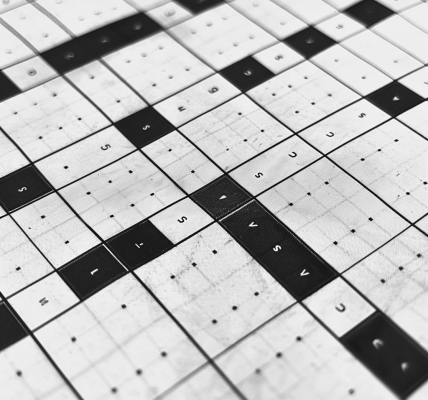Intel Unveils Hala Point: World’s Largest Neuromorphic Computer with 1.15 Billion Neurons
Intel has unveiled Hala Point, the world’s largest neuromorphic computer, featuring a staggering 1.15 billion neurons. This cutting-edge machine promises compute efficiency that can rival GPUs and CPUs in certain tasks, according to Intel.
Three years after the introduction of its second-generation ‘neuromorphic’ computer chip, Intel has made a significant leap by integrating 1,152 of these chips into a parallel-processing system named Hala Point. This collaboration with the US Department of Energy’s Sandia National Laboratories marks a major milestone in the realm of neuromorphic computing.
The Hala Point system, powered by the 1,152 Loihi 2 chips, boasts 1.15 billion artificial neurons and an impressive 128 billion synapses spread across 140,544 neuromorphic processing cores. This represents a substantial increase from Intel’s previous multi-chip Loihi system, Pohoiki Springs, which utilized 768 Loihi 1 chips.
Sandia Labs plans to leverage this advanced system for ‘brain-scale computing research,’ focusing on solving complex problems in device physics, computer architecture, computer science, and informatics.
Mike Davies, head of Intel’s Neuromorphic Computing Lab, highlighted the significance of this achievement, stating, ‘For the first time we’re showing standard deep neural networks being mapped and transformed into a form that can run at this kind of scale in a neuromorphic system.’ He emphasized that standard deep neural networks can now operate with competitive efficiency comparable to top GPUs and ASICs.
Neuromorphic computing, a concept dating back to the early 1980s, aims to mimic the brain’s computational processes. Carver Mead, a computing pioneer, laid the foundation for this field by exploring how chip transistors can communicate efficiently, drawing inspiration from the brain’s neural wiring.
Various projects in neuromorphic computing have emerged over the years, including initiatives by IBM and Intel’s Loihi project. The fundamental premise behind neuromorphic chips is to replicate the brain’s asynchronous neuron ‘spikes,’ which are deemed more efficient than traditional neural net approaches that rely on numerous parameters for data transformation.
Intel’s groundbreaking Hala Point system represents a significant advancement in the field of neuromorphic computing, offering unparalleled capabilities that could revolutionize the landscape of artificial intelligence and computational research.





